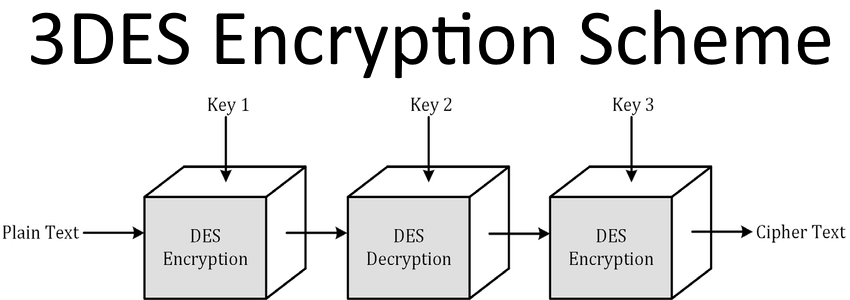SOURCE
import os
import json
from Crypto.Cipher import DES3
from Crypto.Util.Padding import pad
from flask import Flask, render_template
app = Flask(__name__)
FLAG = os.environ["FLAG"]
def isascii(char:str):
return 32 <= ord(char) < 127
@app.route("/encrypt/<plaintext>/<key>")
def get_encrypted_message(plaintext:str, key:str):
# validazione dell'input
if not all([isascii(char) for char in plaintext]):
return json.dumps({"error": "Plaintext must be valid ascii"})
try:
key = bytes.fromhex(key.removeprefix("0x"))
assert len(key) == 16 or len(key) == 24
if len(plaintext) % DES3.block_size != 0:
plaintext = pad(plaintext.encode(), DES3.block_size)
else:
plaintext = plaintext.encode()
except ValueError:
return json.dumps({"error": "Key must be valid hexadecimal"})
except AssertionError:
return json.dumps({"error": "Key must be 16 or 24 bytes long"})
# creazione del cifrario con la chiave data
try:
cipher = DES3.new(key, DES3.MODE_ECB)
except ValueError:
return json.dumps({"error": "Key 1 and Key 2 must be different"})
# cifratura del plaintext dato
ciphertext = cipher.encrypt(cipher.encrypt(plaintext)).hex()
# controllo della condizione per superare la sfida
if ciphertext == "44616d6d69206c6120666c6167212121":
return json.dumps({"result": "success", "flag": FLAG})
else:
return json.dumps({"result": "failure", "ciphertext": ciphertext})
